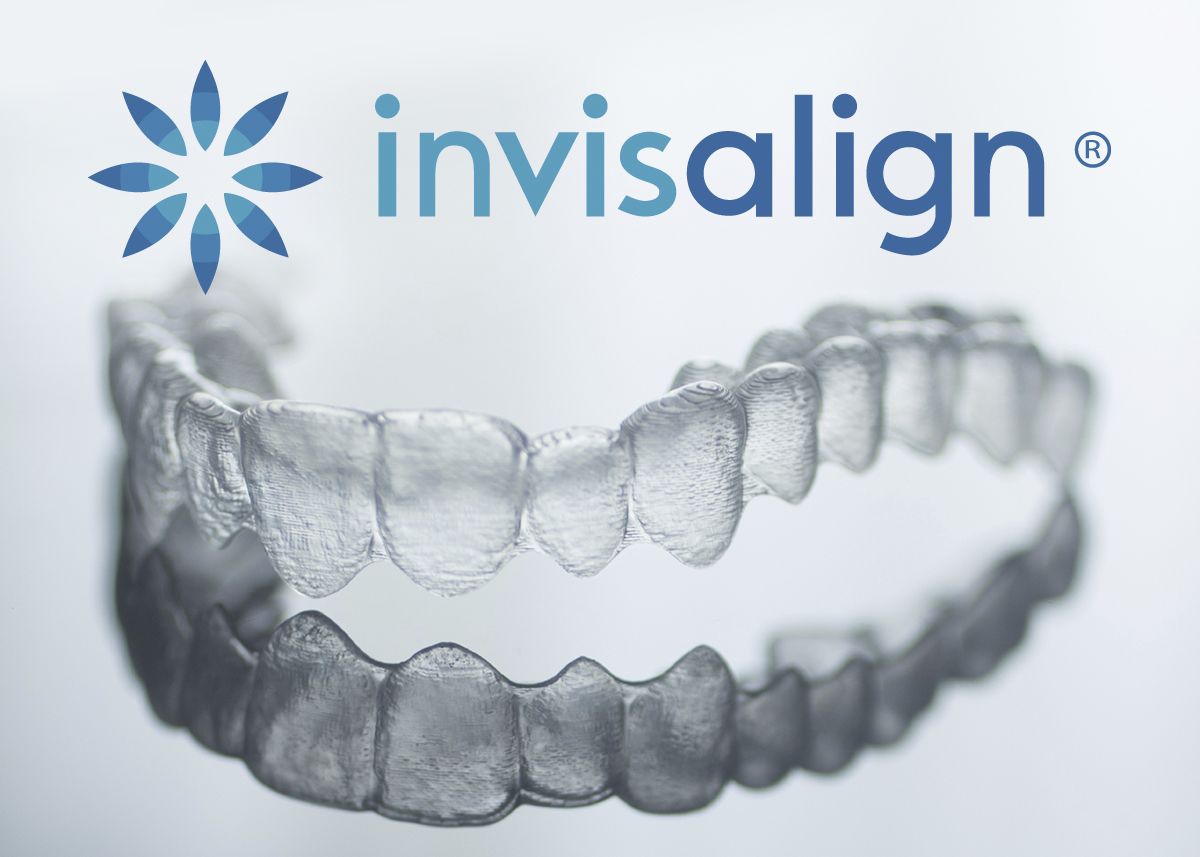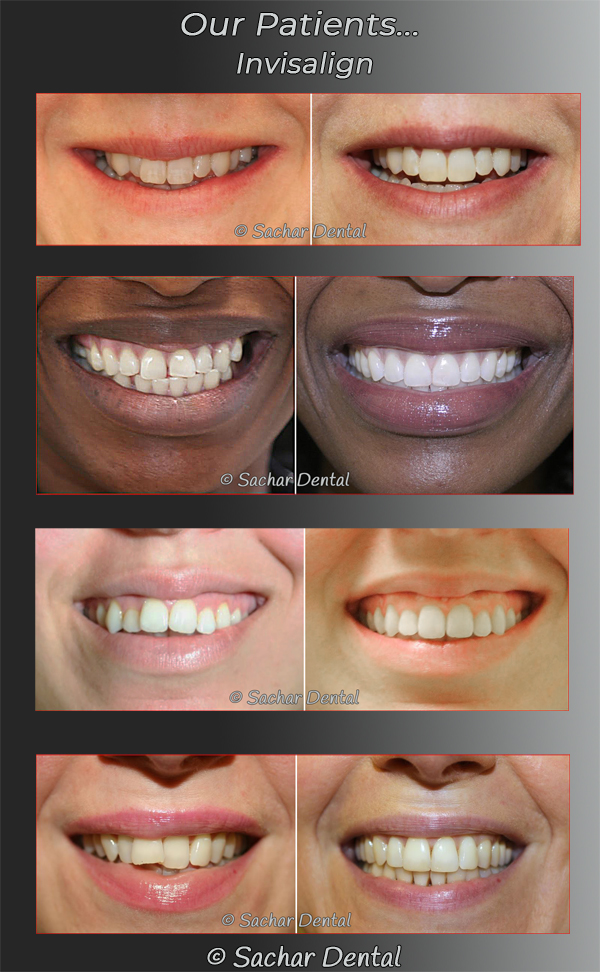Leading Factors to Choose Invisalign Over Other Orthodontic Treatments
Leading Factors to Choose Invisalign Over Other Orthodontic Treatments
Blog Article
Invisalign vs. Standard Dental braces: Which Option Is Right for You?
When thinking about orthodontic therapy, the choice in between Invisalign and typical braces provides a number of crucial factors that merit cautious analysis. Invisalign supplies a discreet alternative with removable aligners, while typical dental braces give a more visible yet effective remedy for serious imbalance. Each alternative encompasses distinct advantages and downsides associated to appearances, convenience, therapy period, and price. Comprehending these subtleties is critical for making a notified decision that lines up with your individual preferences and way of life. The concern remains: which option will finest fulfill your orthodontic demands and assumptions?
Review of Therapy Alternatives

In contrast, traditional dental braces consist of steel brackets and cables that are bound to the teeth. This technique applies constant stress with time to accomplish placement. While effective for complicated orthodontic concerns, conventional dental braces call for regular visits for modifications and can present obstacles in keeping dental hygiene due to the problem of cleansing about cables and braces.
Both alternatives have their benefits, and the selection often rests on certain oral conditions, way of life choices, and individual conformity. Inevitably, seeking advice from an orthodontic specialist is critical for determining the most appropriate therapy strategy tailored to individual needs. Comprehending the subtleties of each choice can dramatically affect the overall success of orthodontic therapy.
Aesthetic Considerations
A substantial variable influencing the selection in between Invisalign and traditional dental braces is the aesthetic charm each treatment provides. Invisalign aligners are crafted from clear plastic, making them practically unseen when used.
In contrast, standard dental braces consist of steel braces and wires, which can be much more noticeable. While advancements in orthodontic innovation have led to the growth of smaller braces and tinted elastics, standard dental braces still keep an even more obvious profile. For some people, the visibility of dental braces may prevent them from seeking essential treatment.
Inevitably, the choice between Invisalign and typical braces might depend upon individual choices pertaining to appearances. Clients that prioritize discernment usually favor Invisalign, while those who are less worried about presence might decide for conventional braces. Recognizing the aesthetic ramifications of each option is critical for making a notified decision that straightens with one's way of living and preferences.
Comfort and Convenience

In regards to benefit, Invisalign aligners are detachable, allowing individuals to appreciate their favorite foods without limitation and preserve ideal oral health. Brushing and flossing are simplified, as the aligners can be obtained during these routines, whereas standard dental braces require careful steering around brackets and wires.
Additionally, Invisalign's dynamic system enables for less orthodontic brows through. Individuals typically obtain numerous collections of aligners at once, which can simplify the treatment procedure and minimize time invested in the orthodontist's chair. In comparison, traditional dental braces require regular modifications, making them less practical for those with active routines. Invisalign. Overall, the convenience and convenience of Invisalign make it an appealing choice for lots of individuals seeking orthodontic therapy.
Therapy Duration and Performance
While both Invisalign and traditional braces are reliable in correcting dental misalignments, the period of treatment can you could check here vary considerably in between the 2 alternatives. Usually, Invisalign therapy can take anywhere from 12 to 18 months, relying on the complexity of the situation. The clear aligners function by progressively shifting teeth into their preferred settings, and normal follow-ups with an orthodontist aid make sure progression continues to be on the right track.
On the other hand, standard dental braces often require a longer dedication, generally ranging from 18 months to 3 years. This results from their set nature and making use of wires and brackets, which can be much more efficient for intricate situations and extreme misalignments (Invisalign). The treatment effectiveness of conventional dental braces is well-documented, as they enable exact modifications and higher control over tooth activity
Eventually, the option between Invisalign and conventional braces might pivot on both the awaited therapy period and the certain dental issues at hand. Consulting with an orthodontist is essential, as they can offer tailored recommendations based upon specific requirements, making sure the selected method straightens with wanted results and durations.
Expense Comparison and Insurance Coverage Choices
Price plays a considerable function in the decision-making procedure for people thinking about orthodontic therapy, whether going with Invisalign or conventional braces. Generally, the expense of Invisalign arrays from $3,000 to $8,000, while traditional braces generally cost in between $2,000 and $6,000. Elements influencing these prices include the complexity of the situation, the period of therapy, and geographical place.
Insurance policy protection can substantially impact out-of-pocket expenditures. Several oral insurance policy strategies provide partial coverage for orthodontic therapies, however the specifics can vary widely. It is important for individuals to examine their insurance plan to determine the degree of coverage for either choice. Usually, conventional dental braces may be extra regularly covered by insurance coverage strategies compared to Invisalign, which some insurance firms categorize as a cosmetic treatment.
In addition, numerous orthodontic techniques offer flexible layaway plan, making both therapy alternatives more easily accessible. People should her explanation inquire about prospective funding choices and discount rates for ahead of time settlements. Reviewing the complete price, including insurance coverage benefits and repayment plans, is vital for making a notified choice that lines up with both aesthetic preferences and budget considerations.

Verdict
In recap, the selection in between Invisalign and typical dental braces rests on numerous factors, consisting of aesthetic preferences, convenience, therapy period, pop over here and expense. Invisalign offers a very discreet, detachable option that facilitates oral hygiene and nutritional adaptability, while traditional braces might be better for complex oral concerns and usually come with a reduced price factor. Eventually, examination with an orthodontist is vital to evaluate individual conditions and figure out the most suitable treatment alternative for accomplishing optimal oral positioning.
When considering orthodontic therapy, the option in between Invisalign and typical braces offers a number of important variables that merit careful analysis.Comparing Invisalign and typical braces reveals distinctive therapy options for orthodontic improvement.While both Invisalign and standard braces are reliable in correcting oral misalignments, the period of therapy can vary significantly between the 2 choices.Price plays a substantial role in the decision-making process for people considering orthodontic therapy, whether deciding for Invisalign or standard dental braces.In summary, the choice in between Invisalign and traditional dental braces hinges on several variables, including visual preferences, convenience, treatment duration, and price.
Report this page